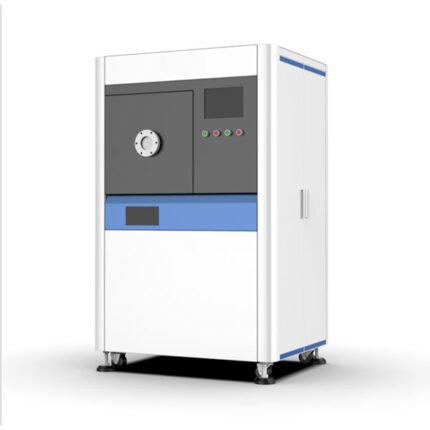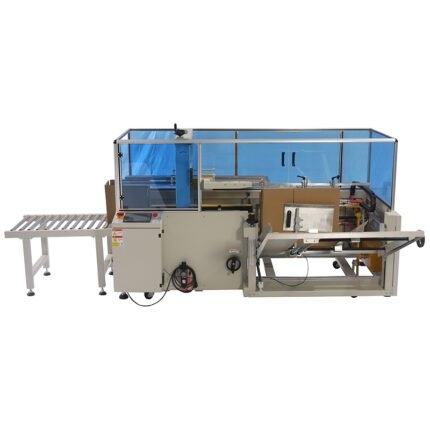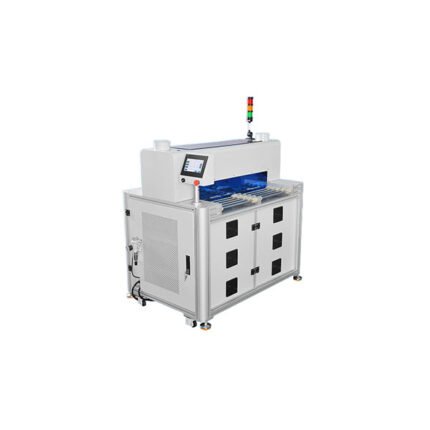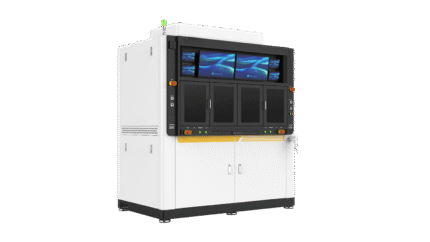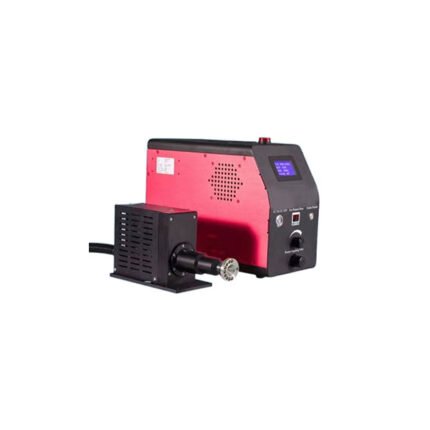I. Cleaning Principle
The plasma cleaning machine process involves introducing different reactive gases based on the material’s properties to generate plasma under vacuum and discharge.
Two electrodes are set up in a sealed container to create a magnetic field, and a vacuum pump is used to maintain a certain vacuum level. As the gas becomes increasingly rarefied, the distance between molecules and the free movement of molecules or ions increases. Under the influence of the electromagnetic field, collisions occur, forming a plasma.
At the same time, a glow discharge occurs, and the plasma moves within the electromagnetic field, “bombarding” the surface of the material being cleaned, changing its surface properties (cleaning, roughening, or etching it), increasing surface activation energy, and improving surface adhesion.
Surface treatment using a plasma cleaning machine enhances the “bonding” strength of the material during the process, further improving product performance and yield, while being harmless to humans, materials, and the environment.
II. Application Industries
Primarily used in the manufacturing of semiconductors (LEDs/ICs/PCBs), consumer electronics (mobile phones, laptops), aviation, plastics, automotive, biomedical, and hardware.




